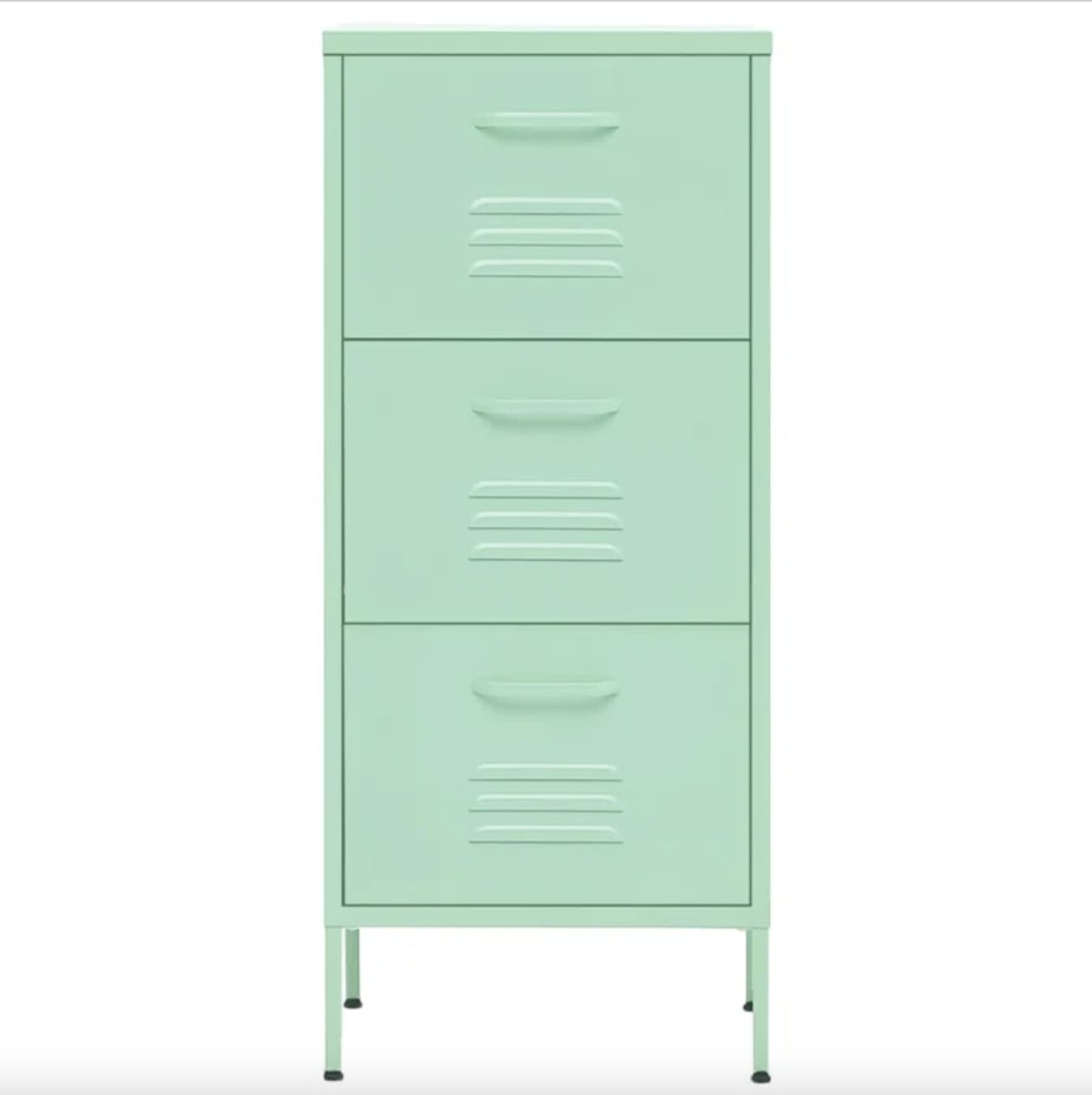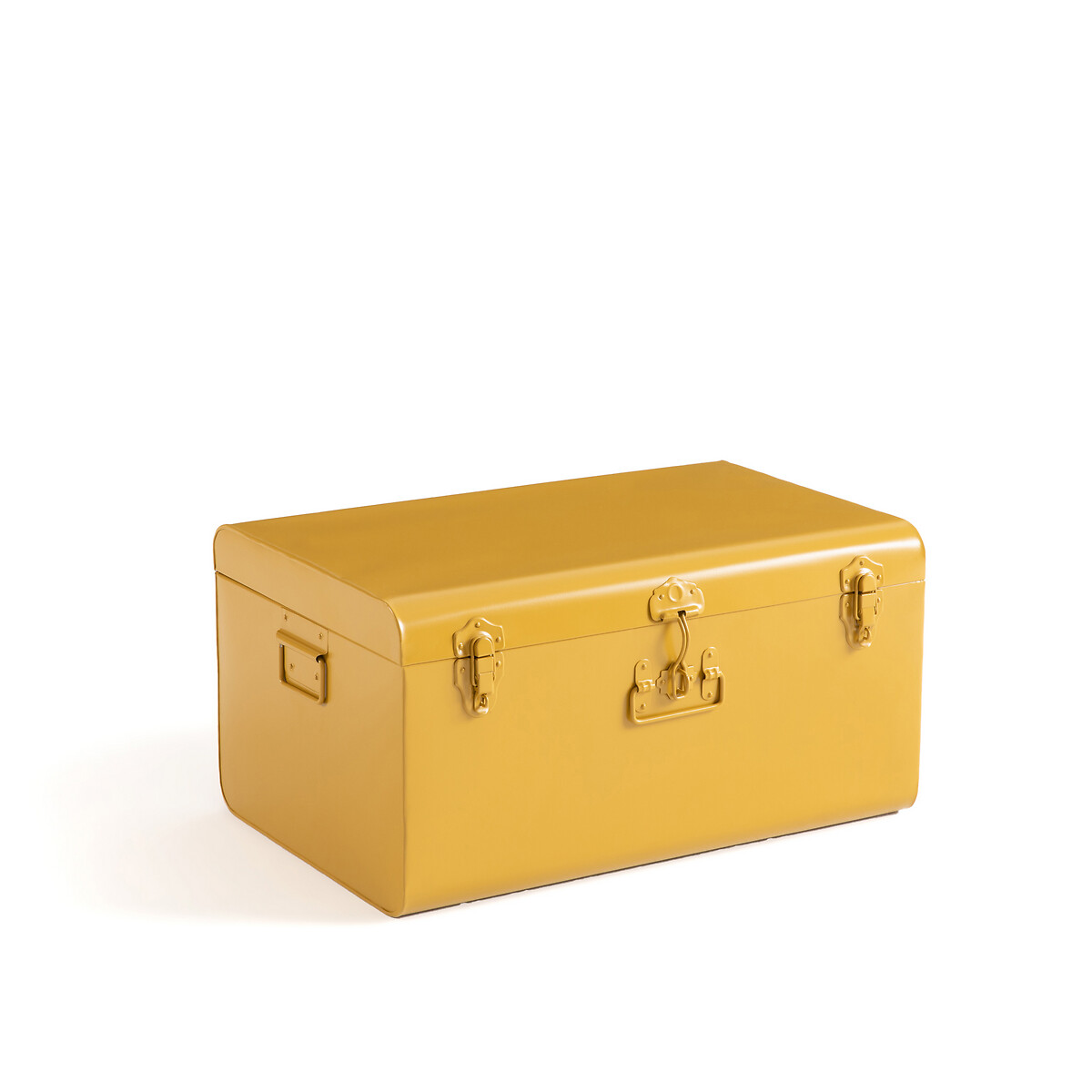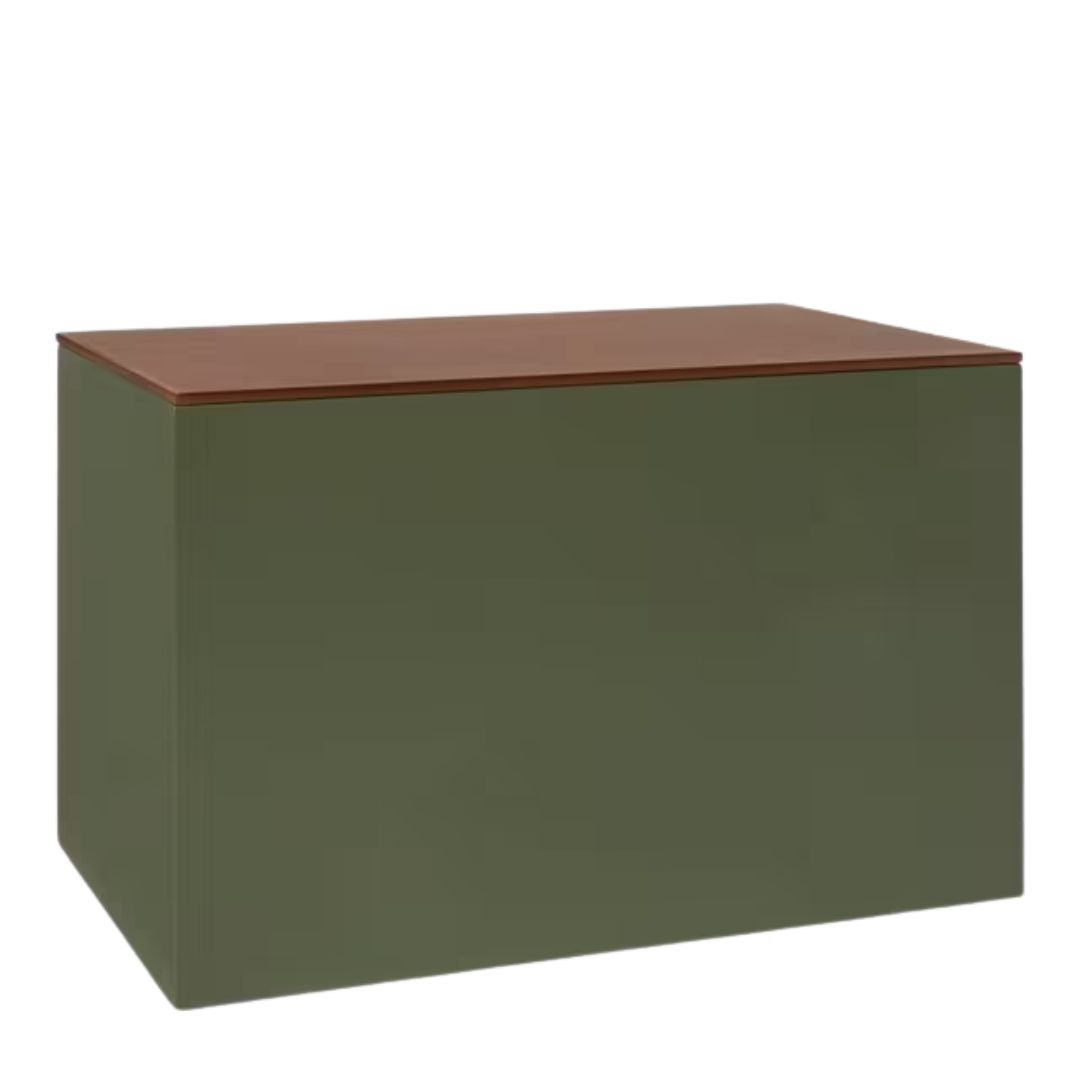5 Things You Should Never Store In an Unconverted Loft — And Why
Lofts offer ample room for storage, but not everything is safe in the dark and gloomy liminal space below our roof


Our lofts offer handy storage. They’re a place for all the miscellaneous items we like to keep out of sight, and out of mind. They’re also eerie places, too. Think of lofts like the graveyard of our homes; a place haunted by sentimental heirlooms, where cases of ancient files and ageing relics take center stage, and boxes of seasonal decorations sleep for 11 months of the year. As useful as they are, however, there are a few things you should never store in this strange liminal space below the roof.
Stuffing anything without a worthy place into the loft might seem like a good idea, but there are some practical considerations you need to bear in mind. First of all, our lofts and attics are typically used to store important items, be it tax files or sentimental keepsakes. These aren’t the sort of things you want to damage, so a humid, unventilated space like a loft probably isn’t the safest place for them. Secondly, you don’t want to cause any damage to your loft itself with the likes of heavy boxes or risky appliances.
It’s easy to forget what's lurking in our lofts, so all the more reason to make sure the items you store up there are safe. Of course, upgrading the space to make way for beautiful loft conversion ideas is an option, but until then, your attic space remains reserved for storage. To stay safe and organized, here are five things you should never store in the loft for safekeeping.
1. Electronics
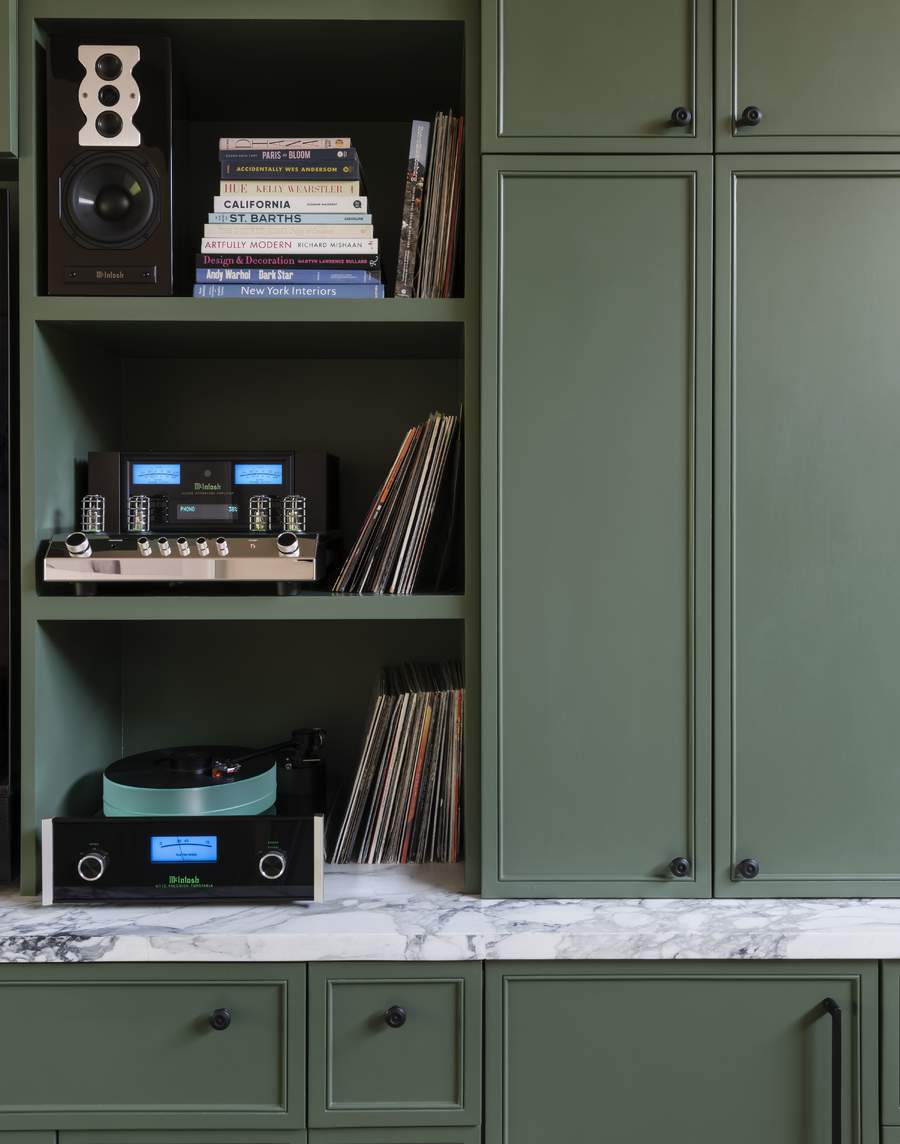
Not ready to part with your old game consoles or that bulky coffee machine you no longer have space for? We’re not judging, but they shouldn't be considered part of your attic storage.
"Attic heat can even beat the record of 160°F, especially on hot days," says Robert O'Sullivan, owner and roofing contractor at Ranch Roofing Inc. "In warm weather, electronic devices may get overheated, warped, or permanently damaged. The humidity may also get trapped, destroying sensitive components."
Even if you diligently wrapped your electronics before storing them in your loft or attic, it’s not worth the risk. “People think old stereos, gaming systems, or unused laptops will be safe if boxed up, but the temperature swings in an unfinished loft fry components,” adds Danny Niemela of ArDan Construction. “Capacitors swell, batteries rupture, and plastic shells warp. That $400 system you meant to pass on to your kid just became landfill.” Ensuring it still works, that 80s Nintendo console definitely needs a new home.
2. Paint Cans

We’re all guilty of hanging onto half-empty tins of paint for touch-ups and small-scale DIY projects, and the loft often becomes the default home (especially if you don’t have a garage or shed). It might seem intuitive to keep decorating supplies in this tucked-away storage spot, but experts always warn against it.
The Livingetc newsletters are your inside source for what’s shaping interiors now - and what’s next. Discover trend forecasts, smart style ideas, and curated shopping inspiration that brings design to life. Subscribe today and stay ahead of the curve.
Danny goes as far as calling paint cans a "sleeper hazard". "Most people think they are being practical by stashing extra gallons of interior paint in the loft, but heat expands the liquid and causes the metal to rust or burst," he says. "I’ve seen cans leak through OSB board and stain drywall from above. If you must keep paint, do it in a climate-stable garage corner or utility closet."
"It’s also been observed that paint quality usually degrades in extreme temperatures, and chemicals can release harmful fumes into your home through ventilation systems," adds Robert. To store paint properly, ensure it's in a place below 86°F.

Danny Niemela is the co-owner of ArDan Construction, a luxury home remodeling company based in Scottsdale, Arizona. Since founding the company with his brother Aaron in 2007, Danny has built a strong team and network dedicated to delivering exceptional service, professionalism, and quality craftsmanship. ArDan Construction specializes in high-end renovations, including kitchen remodels and whole-home transformations.
3. Heavy Boxes of Books

Boxes of books, CDs, and vinyl are prime residents when it comes to loft storage ideas, but these heavy-weight items aren’t the safest idea from a structural standpoint. "Books and albums are dense," warns Danny. "Spread the load or move them altogether."
The problem, he says, is that people forget how unstable loft flooring is."Heavy bins can warp joists or even punch through unsupported sheetrock," Danny goes on to explain. "We once had a stack of comic book boxes collapse through a garage ceiling because someone stored 400 pounds of collectibles in a single corner."
4. Clothing or Linen in Cardboard Boxes
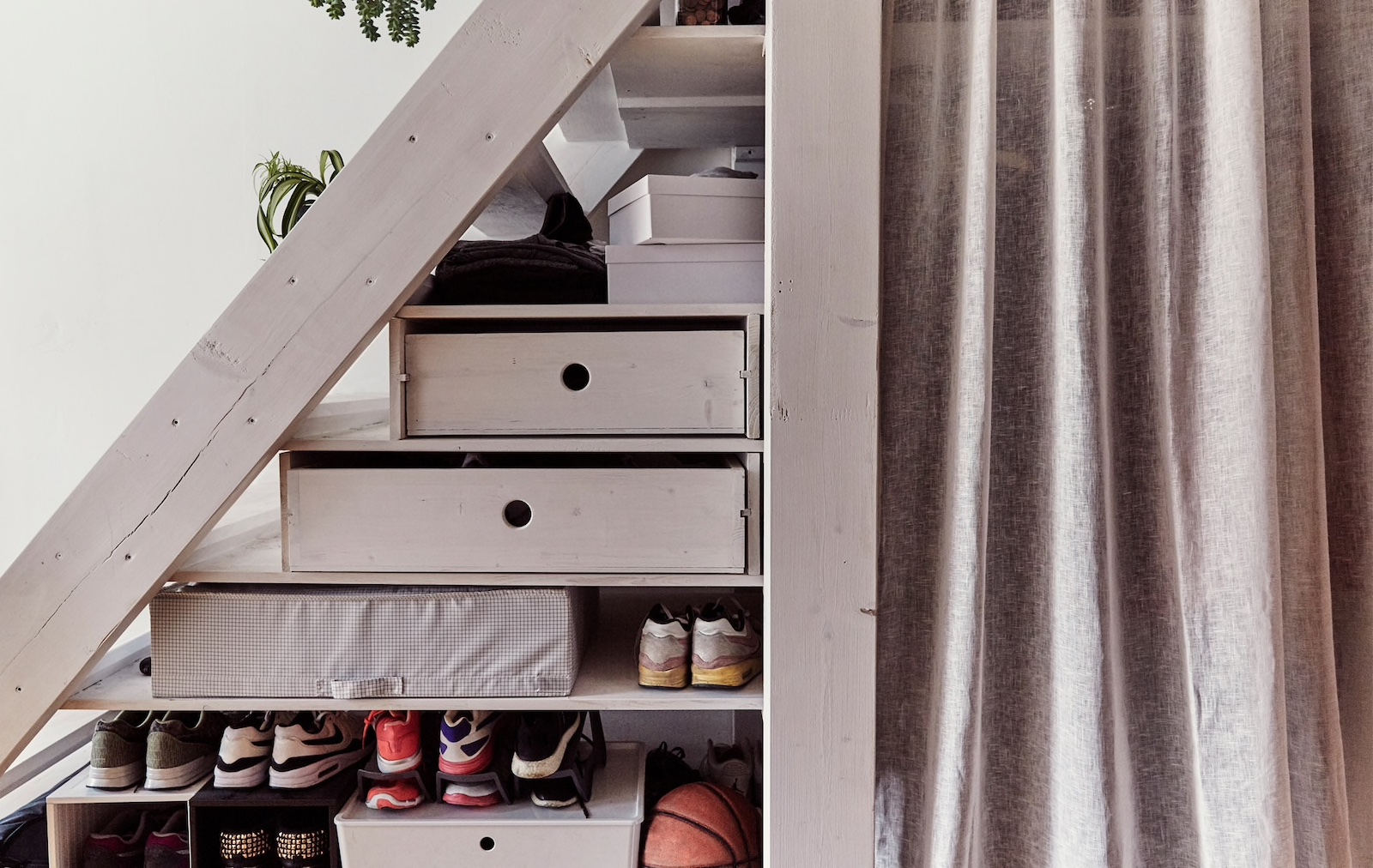
The loft isn’t the place for your wedding dress or those sentimental baby clothes you’re not ready to part with, especially if they’re in perishable cardboard boxes. Not only are they susceptible to damp, but they can also invite pest problems. "These materials attract moths and carpet beetles that thrive in undisturbed attic spaces," says Robert.
The more limited the human activity, the more appealing your loft is to pests. "I’ve seen insulation shredded for nesting, entire wardrobe boxes chewed through, and $2,000 in designer bedding lost to urine stains," Danny explains. "Even vacuum-sealed bags do not fully prevent it if the outer box gets compromised. Once pests move in, they don’t stop at fabric." If you do decide to store textiles up in the loft, the best storage for clothes is tightly sealed plastic bins.

Robert O'Sullivan is a business owner, roofing and siding contractor at Ranch Roofing Inc. His mission is to provide residential roofing services to homeowners with only ranch-style homes.
5. Anything Susceptible to Humidity

Our lofts are humid spaces. They get damp and cold in winter, but since heat rises, they trap hot air through the warmer months. Any perishable, natural items are unlikely to survive these changeable conditions over the years.
According to Robert, wood may expand and contract due to frequent temperature fluctuations, leading to warping, cracking, and damaged finishes. "Also, glue joints loosen up due to the changing humidity," he notes. "If possible, keep wooden items off the floor to help airflow, or wrap them in breathable covers."
"Leather goods in particular do not hold up in attic conditions," adds Danny. "Bags, boots, or belts might seem safe in a dust-covered tote, but leather dries out fast in extreme heat and low humidity. You end up with cracking, discoloration, and glue failure at the seams. One of our most recent clients had designer bags worth $2,000 come out looking like brittle paper."
The same applies to paper documents or photographs, too, which are susceptible to damp. Instead of storing these items in a loft, Danny recommends keeping them in climate-controlled rooms that are easy to access.
FAQs
Can the Loft Damage Your Home Goods?
Without taking precautions, the loft can cause irreversible damage to your items. "Think of a loft like an oven with no timer," says Danny. "Materials expand, contract, crack, and collapse without warning. The space is designed for insulation, not preservation."
It's all down to extreme temperature swings, high humidity, and pest vulnerability in our lofts. "These create a hostile environment for most belongings," Robert explains. "Without climate control, your treasured items can deteriorate rapidly, often beyond repair."
Check for pests regularly and consider adding ventilation options into your loft to mitigate damage, but in the case of the items listed above, your best option is to store them elsewhere.
As useful as our lofts are, don't use them as a storage lifeline. Your garage, shed, and utility room all offer safer (and more accessible) alternatives for your belongings.

Lilith Hudson is a freelance writer and regular contributor to Livingetc. She holds an MA in Magazine Journalism from City, University of London, and has written for various titles including Homes & Gardens, House Beautiful, Advnture, the Saturday Times Magazine, Evening Standard, DJ Mag, Metro, and The Simple Things Magazine.
Prior to going freelance, Lilith was the News and Trends Editor at Livingetc. It was a role that helped her develop a keen eye for spotting all the latest micro-trends, interior hacks, and viral decor must-haves you need in your home. With a constant ear to the ground on the design scene, she's ahead of the curve when it comes to the latest color that's sweeping interiors or the hot new style to decorate our homes.
